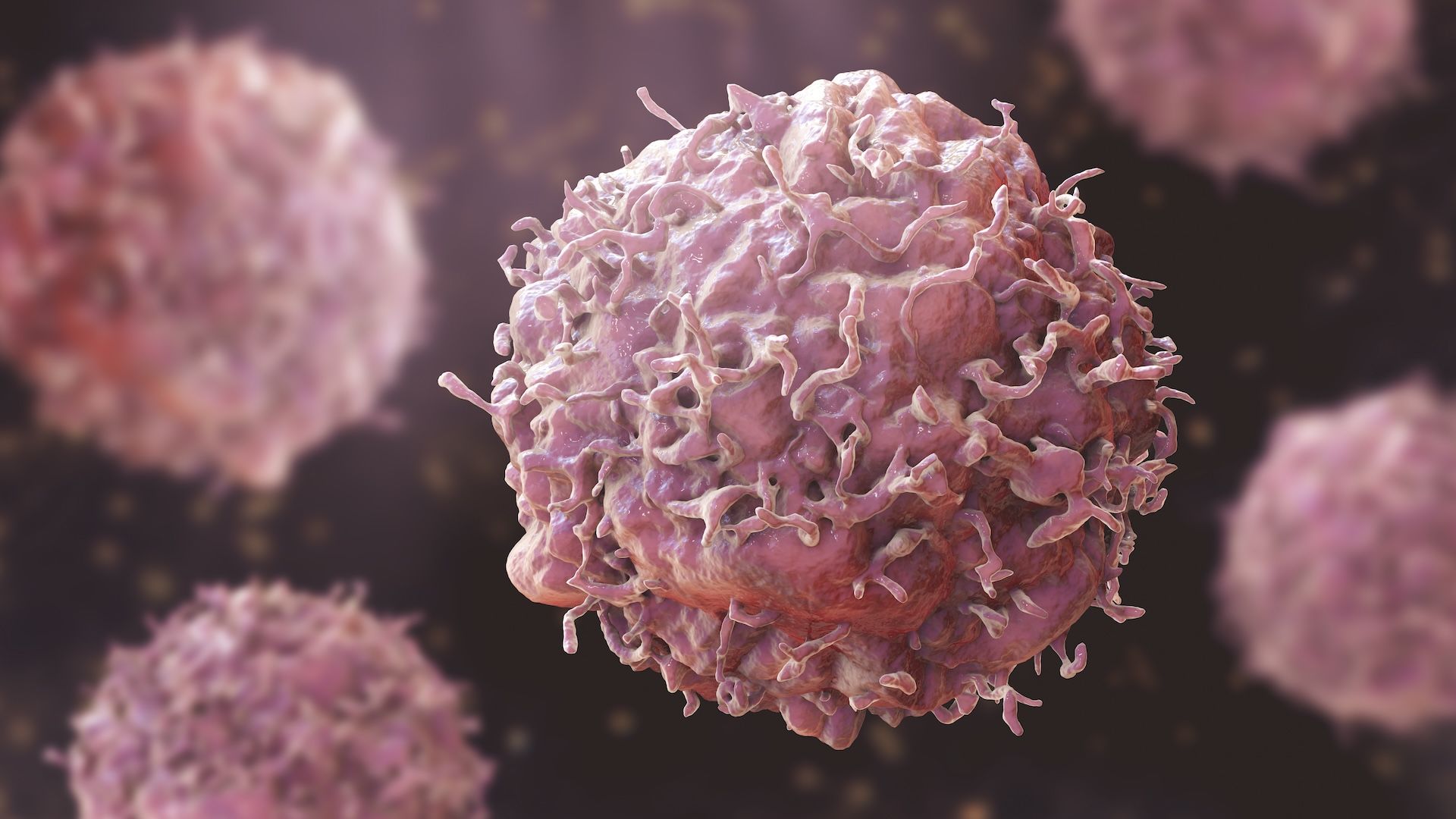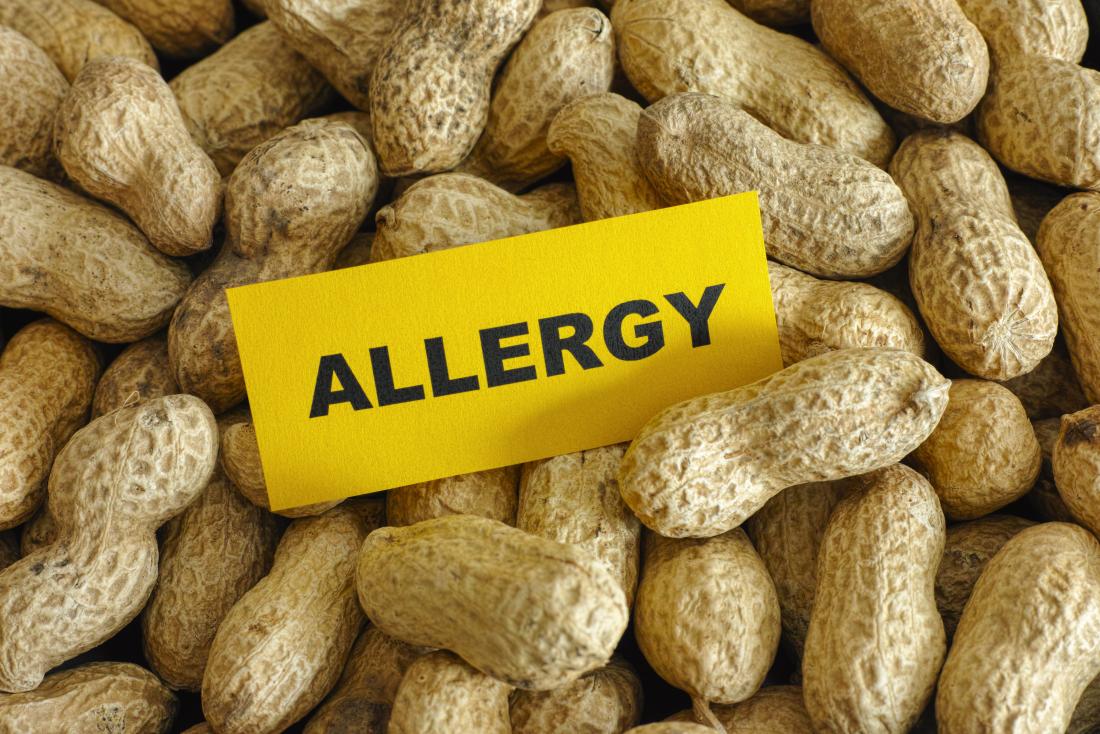HOXB13, a B-class homeobox transcription factor, occupies a pivotal position in developmental gene networks and exhibits a dualistic role in cancer biology. While essential during embryogenesis and in androgen-driven organ development, its expression is frequently dysregulated through epigenetic alterations, genetic mutations, and protein modifications that contribute to cancer onset, progression, and therapeutic resistance. The role of HOXB13 varies significantly across more than twenty types of cancers, functioning either as an oncogene or a tumor suppressor depending on tissue type, mutation profile, and interacting molecular partners.
Transcriptional dysregulation is a major mechanism influencing HOXB13 activity. In prostate cancer, BRD4 targets distant enhancer regions to enhance H3K27 acetylation at the HOXB13 promoter, promoting its overexpression and subsequent activation of genes linked to the cell cycle and nucleotide metabolism. In contrast, HOXB13 is silenced in endometrial cancer and gliomas through mechanisms involving EZH2-induced H3K27 trimethylation or YY1-driven HDAC4 recruitment. DNA methylation also plays a role, where hypermethylation suppresses HOXB13 in kidney and colon cancers, whereas hypomethylation activates it in oral squamous cell carcinoma. A recently discovered upstream CpG island (~4.5 kb) further underscores the gene’s susceptibility to epigenetic modulation in proximal colon tumors.
Post-transcriptionally, HOXB13 is subject to m6A RNA methylation. The demethylase FTO removes m6A marks from the 3′ UTR, stabilizing HOXB13 mRNA and promoting WNT-driven invasiveness in endometrial carcinoma. Non-coding RNAs including circular RNAs (ciRS-7) and long non-coding RNAs (CCAT1) sequester microRNAs such as miR-7 and miR-17-5p, thereby increasing HOXB13 protein levels. Additionally, the SNP rs339331 enhances enhancer-promoter interactions, increasing HOXB13 binding at the RFX6 locus, and contributes to prostate cancer susceptibility in Northern European populations.
Regulation at the protein level introduces further complexity. HOXB13 is stabilized through acetylation at lysines 13 and 277 by CREB-binding protein, enhancing estrogen receptor activity in breast cancer. Conversely, phosphorylation by mTOR at residues Thr8, Thr41, and Ser31 flags the protein for degradation via SKP2-mediated ubiquitination. Mutations that prevent acetylation mimic constant activation and are linked to castration-resistant prostate cancer, highlighting how post-translational modifications modulate HOXB13’s function.
HOXB13 acts in concert with various cofactors. In prostate cells, it dimerizes with MEIS1 to suppress androgen receptor (AR) signaling by occupying chromatin sites and inducing expression of tumor suppressors like Decorin. Germline mutations like G84E, Y80C, or L144P weaken this interaction, allowing HOXB13 to engage AR-V7 variants and activate oncogenic transcription programs. In breast cancer, it cooperates with CBP/p300 to enhance estrogen signaling, while in gastric cancer it partners with ALX4 to induce SLUG and promote epithelial-mesenchymal transition. Additional interactions with cyclin D1, the HDAC3/NCOR complex, and components of the Hippo pathway further expand its regulatory influence.
Functionally, HOXB13 directly binds to the promoters of genes such as HOXC-AS3, ESR1, and IL-6, facilitating proliferation, invasion, and angiogenesis. It activates critical signaling cascades like RB/E2F, JNK/c-Jun, and PI3K/AKT/mTOR while concurrently suppressing Hippo signaling via VGLL4. Its expression correlates with poor prognosis in hepatocellular carcinoma, while in gastric cancers, low levels are associated with aggressive disease, emphasizing the context-specific nature of its role.
From a diagnostic and therapeutic perspective, HOXB13 has practical utility. It serves as a biomarker for distinguishing cauda equina paragangliomas from ependymomas via immunohistochemistry and helps differentiate high-grade prostate cancers from urothelial carcinomas when combined with P63 staining. The HOXB13/IL17B ratio (Breast Cancer Index) predicts late recurrence in ER-positive breast cancer and aids decisions regarding extended tamoxifen therapy. Non-invasive detection via urinary HOXB13 transcripts enables early diagnosis of prostate cancer, and tissue levels help guide AR-targeted or BET inhibitor therapies.
On the therapeutic front, HOXB13’s activity can be modulated by various drugs. HDAC4 inhibitors like sodium butyrate re-suppress its expression in AR-negative prostate cancer. BET inhibitors such as JQ1 displace BRD4 from the promoter region, while DNMT inhibitors restore expression by reversing hypermethylation in colorectal cancers. Agents like retinoic acid and EZH2 blockers reduce H3K27me3 levels, reactivating HOXB13’s tumor-suppressive role. Decorin and CHD1 can disrupt pathogenic HOXB13 complexes, helping to overcome castration resistance. Phase II trials are now exploring combinations of BET and PI3K inhibitors in metastatic prostate cancer driven by HOXB13 addiction.
Population-specific variations further shape clinical strategies. The G84E mutation, common in Finns (~3.5% carrier frequency), increases early-onset prostate cancer risk, but is rare in East Asians. This has led to revised screening guidelines, including earlier PSA testing in mutation carriers. Comprehensive genetic panels including HOXB13, BRCA2, and ATM are refining risk prediction. Emerging technologies like single-cell multi-omics and spatial transcriptomics will enable detailed mapping of HOXB13 regulatory networks in tumor microenvironments, paving the way for personalized therapeutic strategies that exploit its tissue-specific functions.








